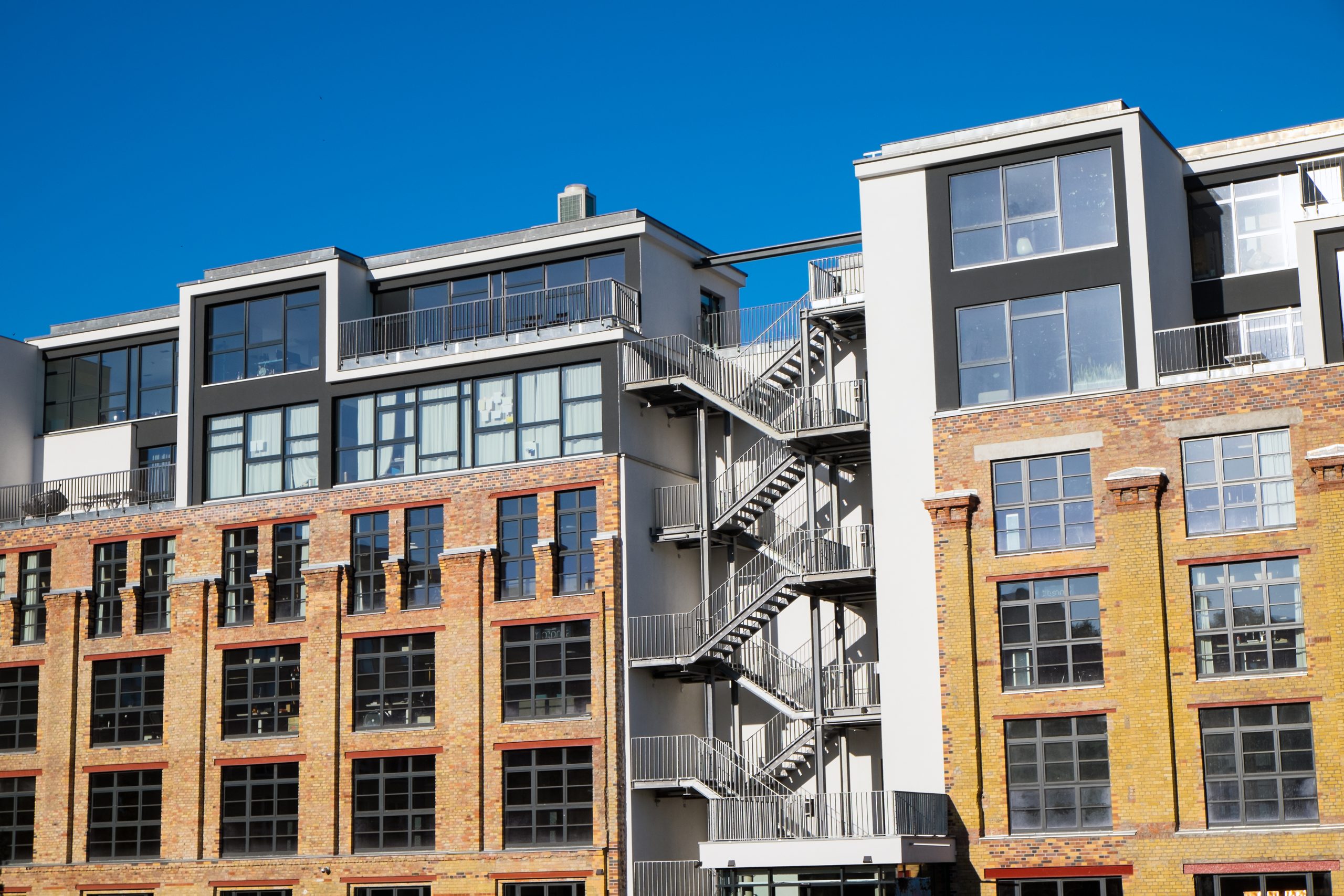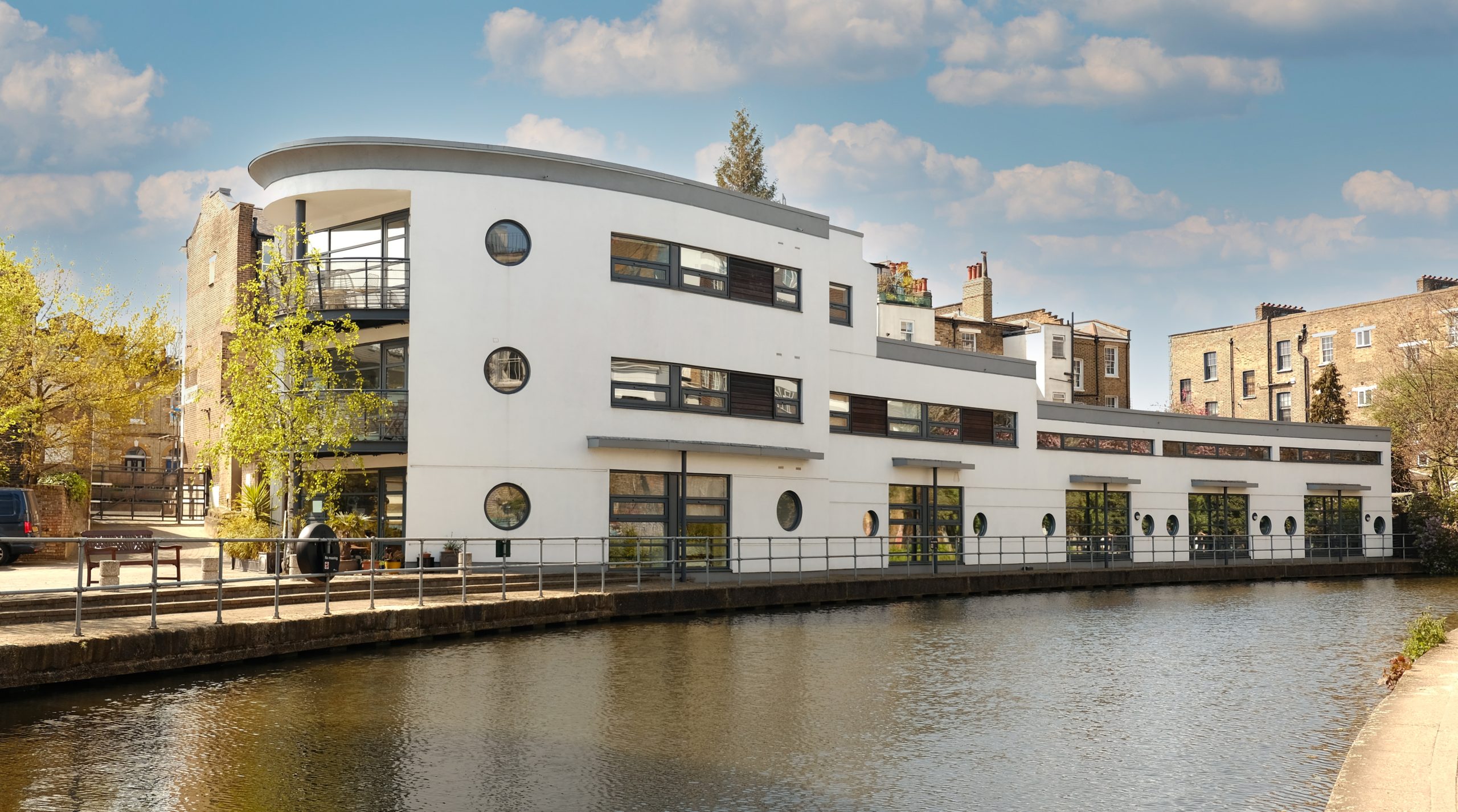What Do We Mean by Leasehold and Freehold?
- Freehold grants you outright ownership of both the property and the land indefinitely. It gives you autonomy—no landlord’s approval needed, and full control over the property’s future.
- Leasehold, by contrast, means you’re essentially renting the property for a fixed term—from a few years to several decades. The land and structure typically remain under the control of the freeholder, and your rights hinge on the terms of the lease.
In short, with freehold, you own; with leasehold, you hold for a time.

Why the Debate Matters for Commercial Property
1. Control vs. Flexibility
2. Cost Implications
3. Duration and Security
4. Maintenance and Liability
5. Planning and Succession
Step-by-step: How to Navigate Your Decision
1. Define Your Objectives
Ask yourself:
- Are you investing or operating a business?
- Do you plan to stay long term, or might you need flexibility?
- What budget constraints exist for upfront costs versus ongoing charges?
Clarity here guides the entire decision making process.


2. Assess the Financial Landscape
- For freeholds, account for purchase price, legal fees, stamp duty, and any refurbishment costs. Factor in long term taxes and maintenance.
- For leaseholds, delve into lease length, ground rent structures, service charges, compliance costs, and what leasing one might cost if negotiating renewals.
A lease that appears cheaper upfront could become prohibitively costly over time—especially if multiple rent reviews are poorly tethered to market value.
3. Examine the Lease Document Thoroughly
If considering a leasehold:
- Review term length—anything below 80 years may create issues in valuation and financing.
- Scrutinise rent review clauses—ensure clarity on how, when, and how often the rent changes.
- Check for alienation rights—is subletting or assignment permitted? Are there onerous conditions or consent mechanisms?
- Understand repair obligations, service charges, and break clauses—these can drastically affect flexibility and expense.
A lease may look attractive, but hidden burdens can surface later. Always involve a solicitor to dissect these details.


4. Get Clear on Maintenance and Management
For leaseholds:
- Ask whether maintenance is reactive or proactive.
- Question how service charges are calculated and what transparency is offered.
- Inquire if the landlord has a pattern of inefficient or unfair cost recoveries.
For freeholds:
- Budget for periodic major works—such as structural repairs, roof or external façade replacements, and inspection of building systems.
Common Scenarios and Helpful Guidance
| Your Situation | Recommended Approach |
| You’re a startup on tight capital | Leasehold may offer short-term affordability—but negotiate flexibility and exit options. |
| You’re a stable business seeking long-term roots | Freehold usually delivers better control, equity growth, and resale value. |
| You want a hybrid of both | Consider a long leasehold with an option to purchase freehold later. |
| You anticipate significant alterations to the space | Freehold gives maximum autonomy—leasehold may impose landlord approvals that slow or block your plans. |
| You’re reliant on finance | Most lenders favour leases with at least 80 years remaining. Freeholds generally offer better collateral. |

Key Practical Tips
1. Seek expert advice early
2. Due diligence is non-negotiable
3. Plan for the long term
4. Negotiate smartly:
- In leaseholds: push for break options, caps on service charges, transparent accounts, and modest rent escalators.
- In freeholds: consider negotiating conditional sale terms based on planning permissions or use restrictions.
5. Review continually
Summing Up
The leasehold vs. freehold debate in commercial property boils down to a trade off between control, cost, and flexibility. Freeholds promise enduring autonomy and investment merit, but at a higher initial price and full responsibility. Leaseholds may suit short-term or cost sensitive operators—but require rigorous scrutiny to avoid hidden liabilities and preserve future optionality.
Ultimately, the call rests with your strategic vision: secure roots through freehold—or retain agility via leasehold? Regardless of your path, the best outcomes come from clarity, professional counsel, and a solid understanding of the commitments you’re embracing.
